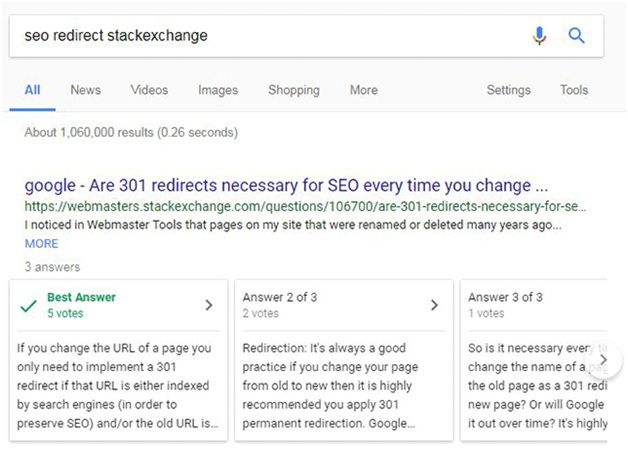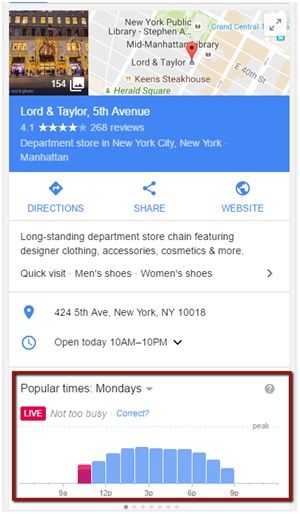The experts of a leading Website Designing Company is reminiscing what Larry page once said in one of his orientations,
“We want to build technology that everybody loves using, and that affects everyone. We want to create beautiful, intuitive services and technologies that are so incredibly useful that people use them twice a day. Like they use a toothbrush. There aren’t that many things people use twice a day.” – Larry Page, Co-Founder of Google and CEO of Alphabet, Inc.
I don’t think there is any other company in the world more inclined towards innovation and creativity than Google. We’ve all seen this company grow into a mega search engine over the past so many years and we simply can’t put this all onto the increased internet usage, technological developments and changing user preferences (though all this is, in fact, part of it), they earned the status by being the most meticulous organization in the world.
And their meticulousness is clearly visible in the plethora of changes being done to the lifeblood of their business, the mega evolving SERPs and Search Engine Optimization techniques to rank websites.
We are simply not restricting these changes to Mobile-first indexing, AMP and voice search, we are talking about the less talked about but definitely-making-the-different kind of changes. In the past one and two months, Google has announced and started experimenting with a variety of SERP alterations that are definitely going to shake the landscape of search engine result pages.
Let’s have a look at how Google is changing the search engine result pages.
Length of Snippets in Search Results: In mid-December 2017, Google has officially increased the length of rich snippets in search engine results. They have definitely made some modifications to the way it displays snippets in search results. Earlier the length of the snippets was restricted only to 160-235 characters, but now the Google results are showing results with snippets increasing even 235 character limit and falling somewhere between 300-320 characters.
In most of the cases these snippets will dynamically change, purely based on the nature of the search query. The snippets are designed to answer efficiently the user’s question without having them to click on the linked page. If Google will not be able to fetch out an answer from the content of your page, the snippet will likely to remain at 160 limits.

Introducing the Answer Carousel: What are these? Let me refresh your memory. Are you seeing Google display certain questions with small answers just below the first result snippet naming Best Answers? Yes, those answers are Google’s way of testing out its new feature that employs a carousel structure for answer snippets to a given search query. The main motive behind incorporating these Answer Carousels is to let users find the answers on the search page without clicking on the linked links.

Knowledge Panel Incorporations: Google is updating how they are going to display its product-knowledge panels on mobile so they can give even more details about the specific products in the search results.
Google has officially confirmed the same in its Keyword blog, stating,
“Today, we’ve added more images and related searches inside select Featured Snippets to help you learn even more about your topic, or to discover new things related to your interest.”
“For example, while looking at the Knowledge Panel about skiing, you’ll see related searches for sports such as snowboarding directly inside the result.”

For those who are not aware of what knowledge panels are, it is the block at the beginning of the SERPs that displays an extracted answer from a given web page.